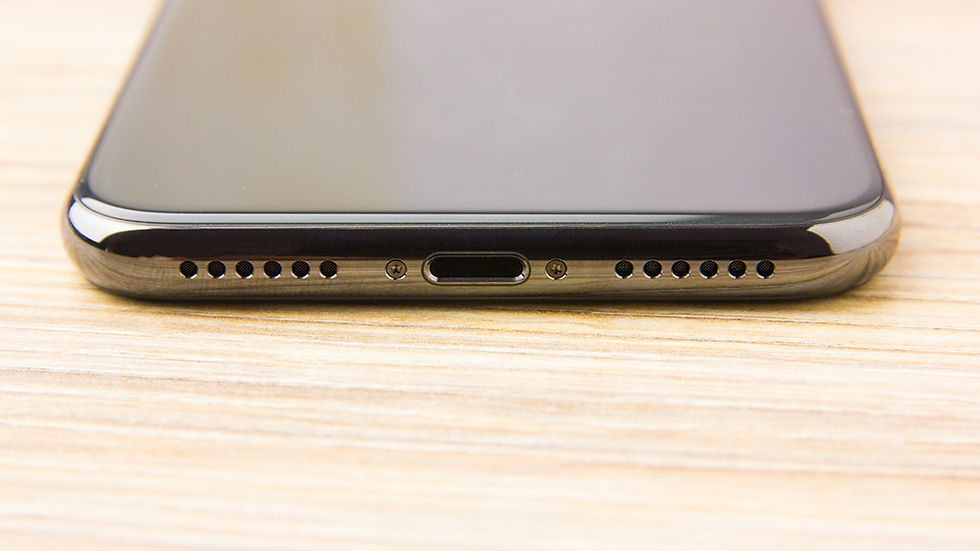Drying Your Phone (the Right Way): Everything You Need to Know
- getdipmop
- Feb 21, 2022
- 3 min read

A split second can be all it takes. A leak in your "waterproof" case, an unexpected thunderstorm, or a lapse in judgement in the restroom after a few margaritas can all lead to a soggy smartphone.
Surely, we can all make it. A tulip field in the Netherlands and an airplane are the two places where I've managed to drown my smartphone in recent years.... My phone's speaker is covered in a thick layer of dust.
Even if you're preparing food in your own house or travelling thousands of miles away from it, a little knowledge and planning will go a long way. It's unlikely that any of these options will work for your phone, but you never know. Also You can refer a detailed tutorial on fix my speaker
Everything you need to know about the situation is here.
Remove Your Cell Phone from the Water. Immediately
Isn't it easy to figure out? Ugh, but I flushed it down the toilet by mistake! Until then, I'll need rubber gloves. No. Fight for your right to exist. When the phone is immersed for an extended period of time, the chances of it being salvageable drops. You can wash your hands later, but for now, the most essential thing is to keep your phone from getting wet again.
Wrapping it in a waterproof material, such as a plastic bag, is preferable if it's pouring heavily. Remember to bring your phone (and yourself) out of the rain if you can.
Start by Turning It Off and Eliminating Anything You Don't Need.
There must be no delay in removing the case and any other attachments from the device. Similar to how your clothing is cut off instead of properly removed at the emergency room, seconds count at work. Remove the plug from the socket and unhook it from the wall if it was connected when water was poured on it. Electricity and water don't mix.
In general, it's best to get rid of anything that isn't absolutely necessary. The less times you have to open the phone, the less likely it is that water will become caught inside. Because all of the components listed above are vulnerable to water damage, it is only rational to remove and dry them out of the system.
It's Best to Use a Lint-Free Towel to Dry It.
Now that you've assaulted that piece of technology, it's time to protect it. A lint-free towel is a need for anyone who uses glasses or has a digital camera. If you don't have one, a paper towel or washcloth will have to suffice.
Remove as much water as possible from the area. The front and back of the phone should be completely dry by the time you're done. It's important to get the cleaning cloth into every single opening, including the charging port and headphone jack, as well as any other ports you can locate.
The better off you'll be if you can remove as much water as possible from your surroundings. Be patient with this; it's essential for your future.
To Help You Dry Out Your Phone, Look for Items That Will Aid You.
Get rid of the surface water, and then deal with the liquid that has been accumulating inside your smartphone. Three options are available to you if you've done your homework and are in the appropriate position when disaster strikes.
Avoid utilising excessive heat in any method of increasing production speed, regardless of which tactic you use. To make matters worse, blowing hot air through your phone with a hairdryer or space heater could do extra damage. It is also dangerous to leave your phone on top of the radiator for long periods of time.


Comments